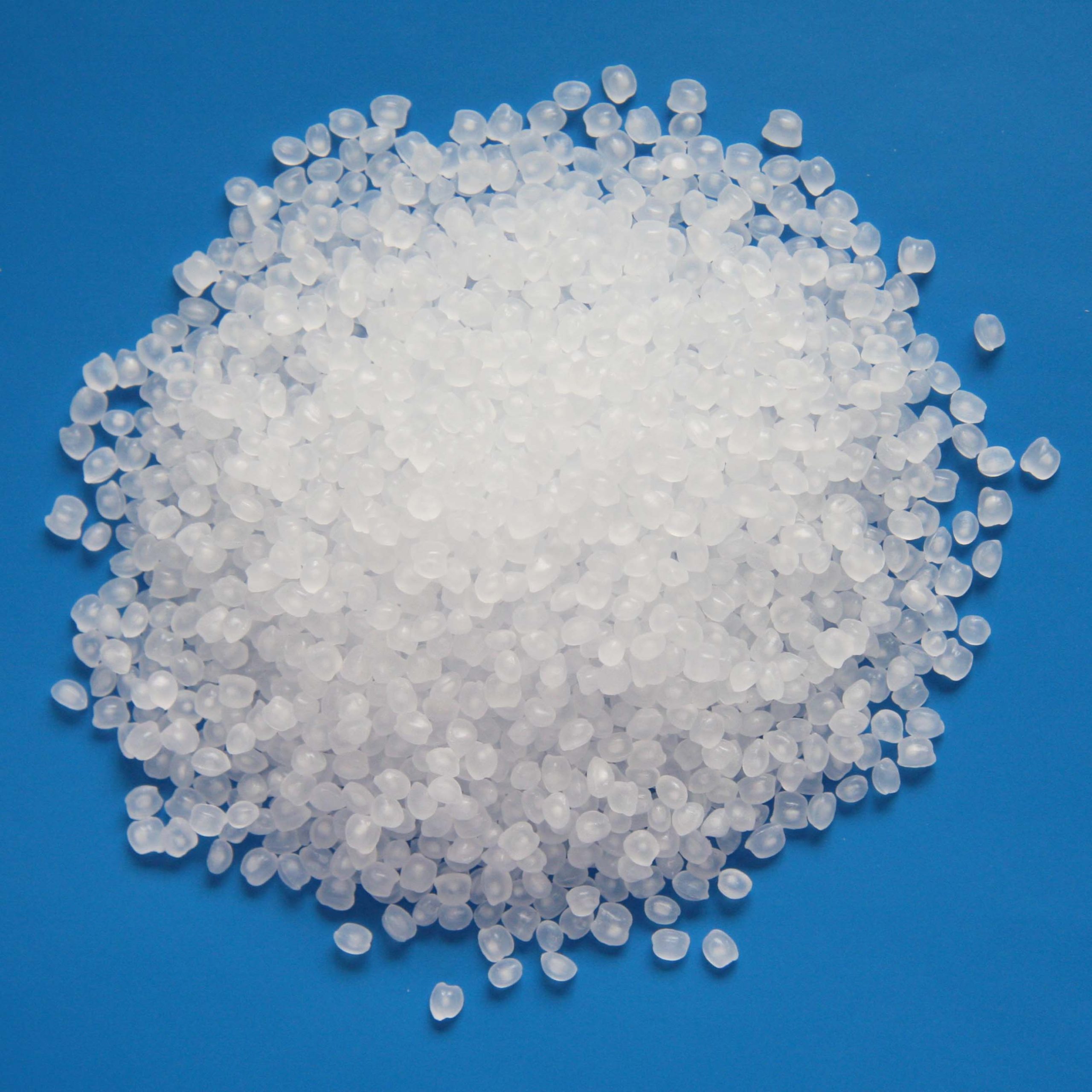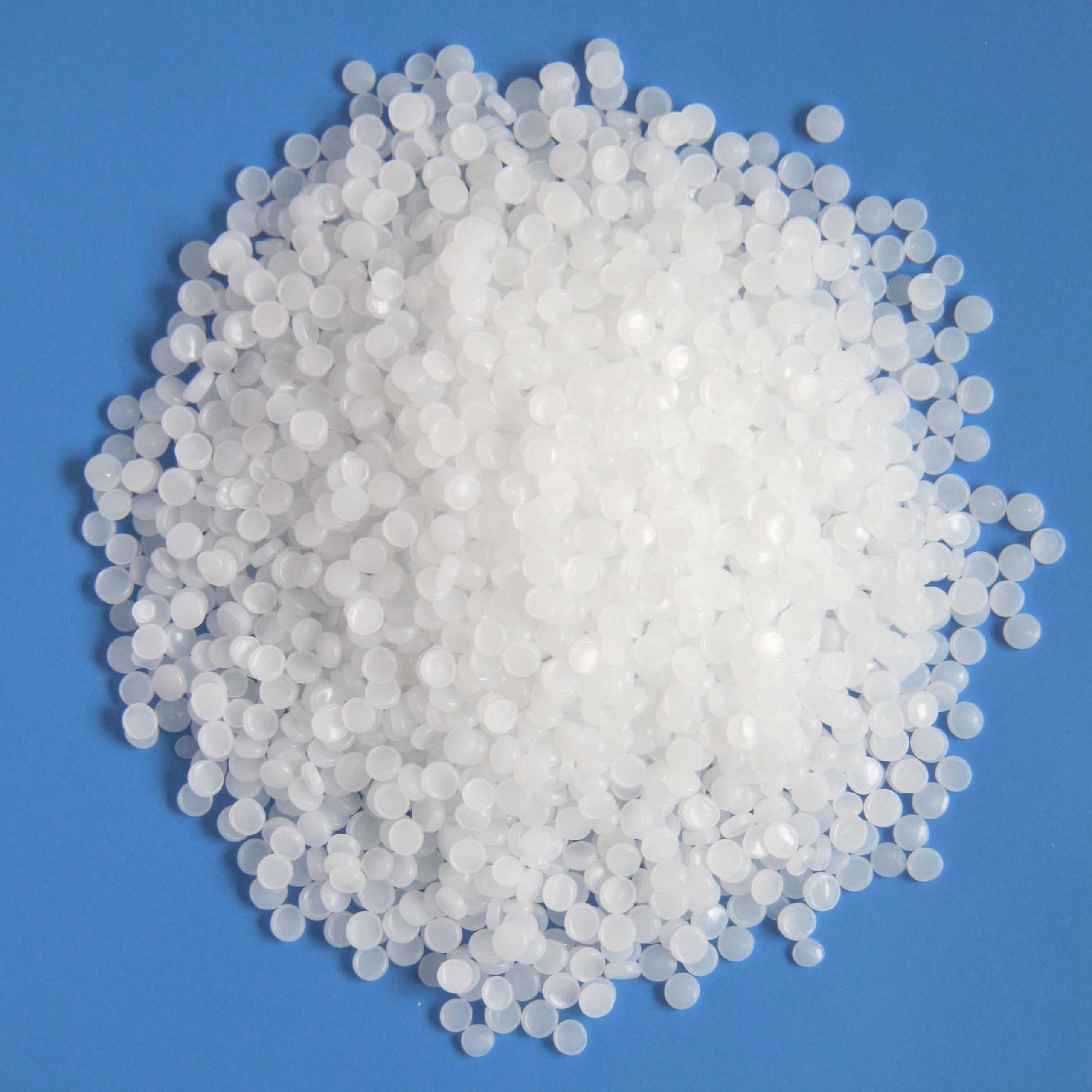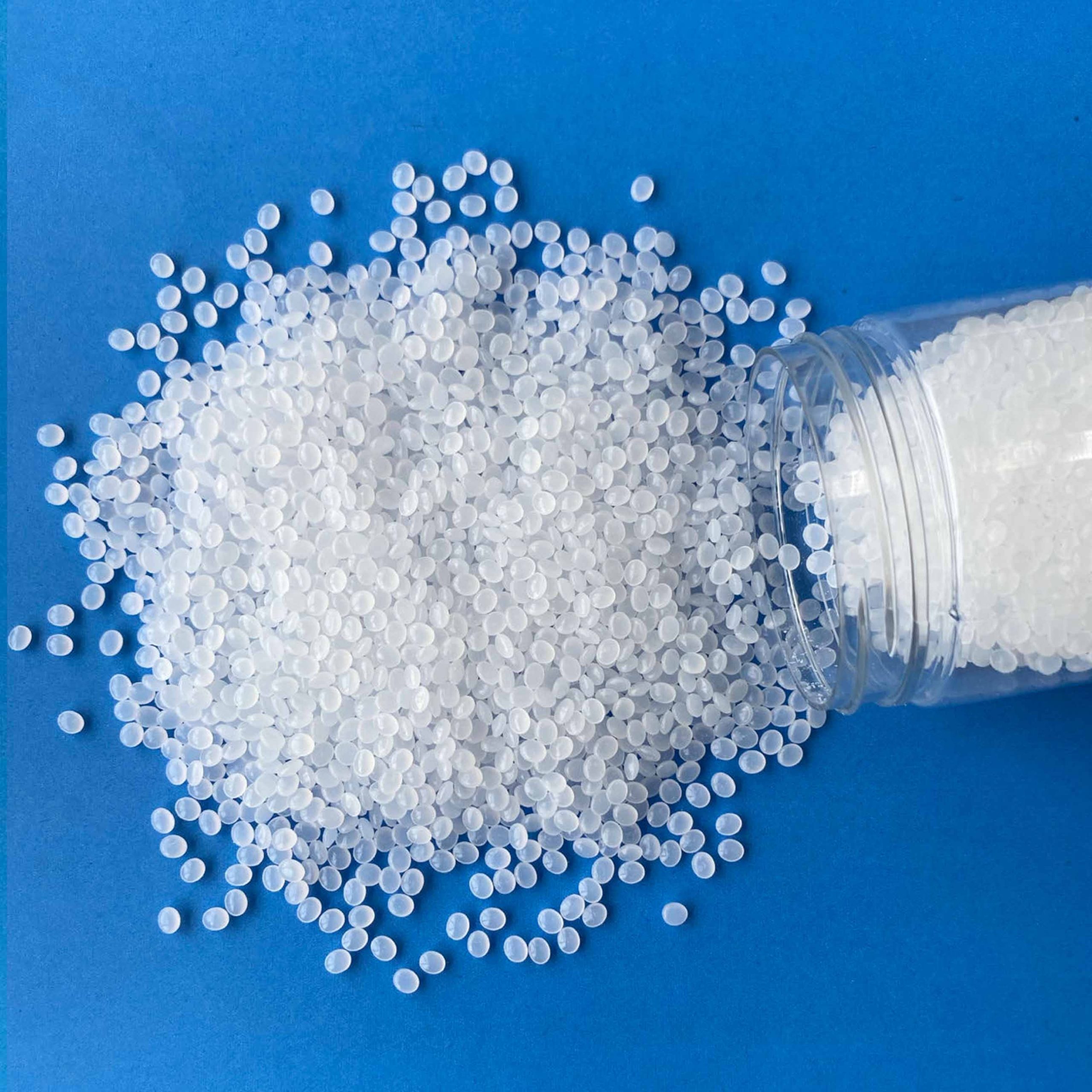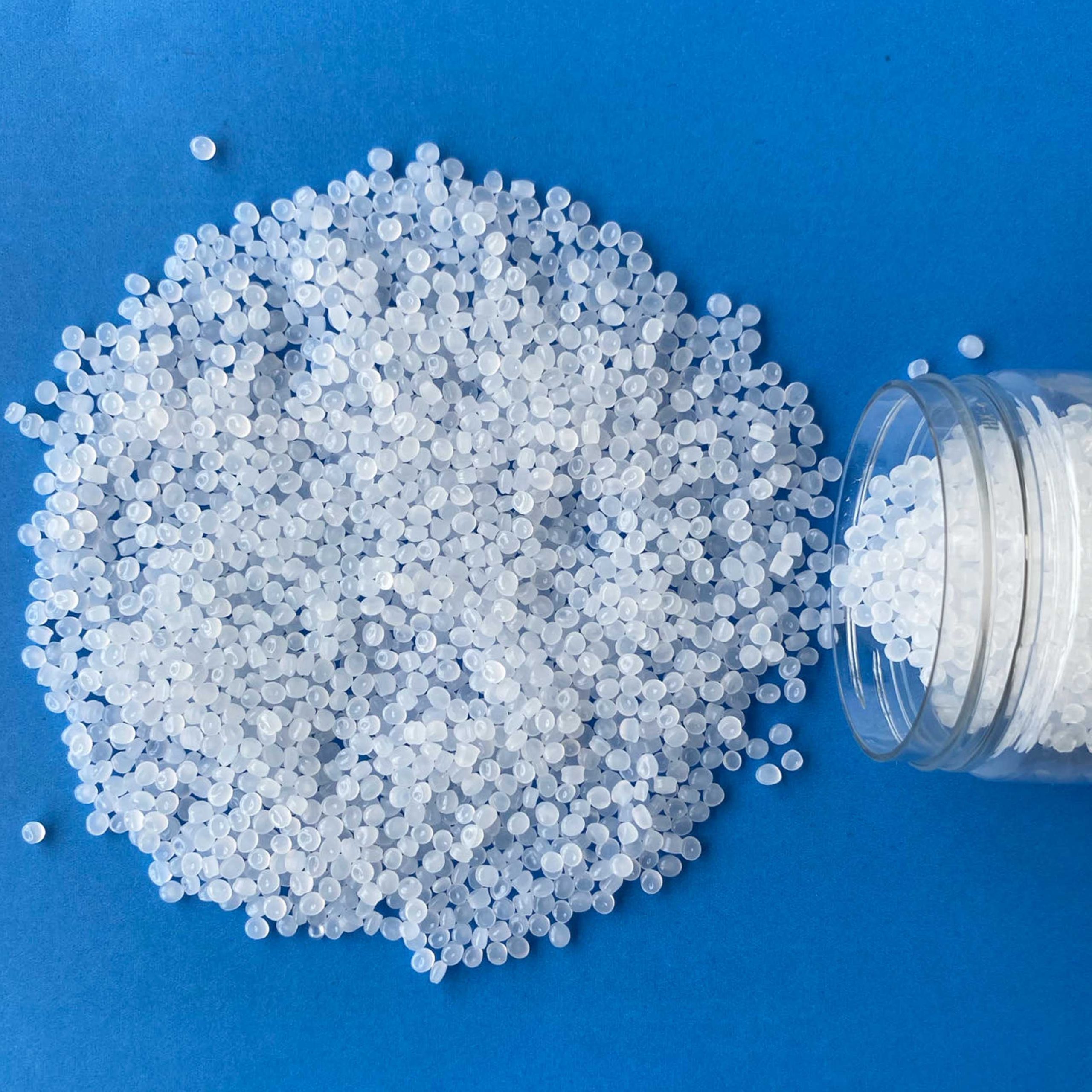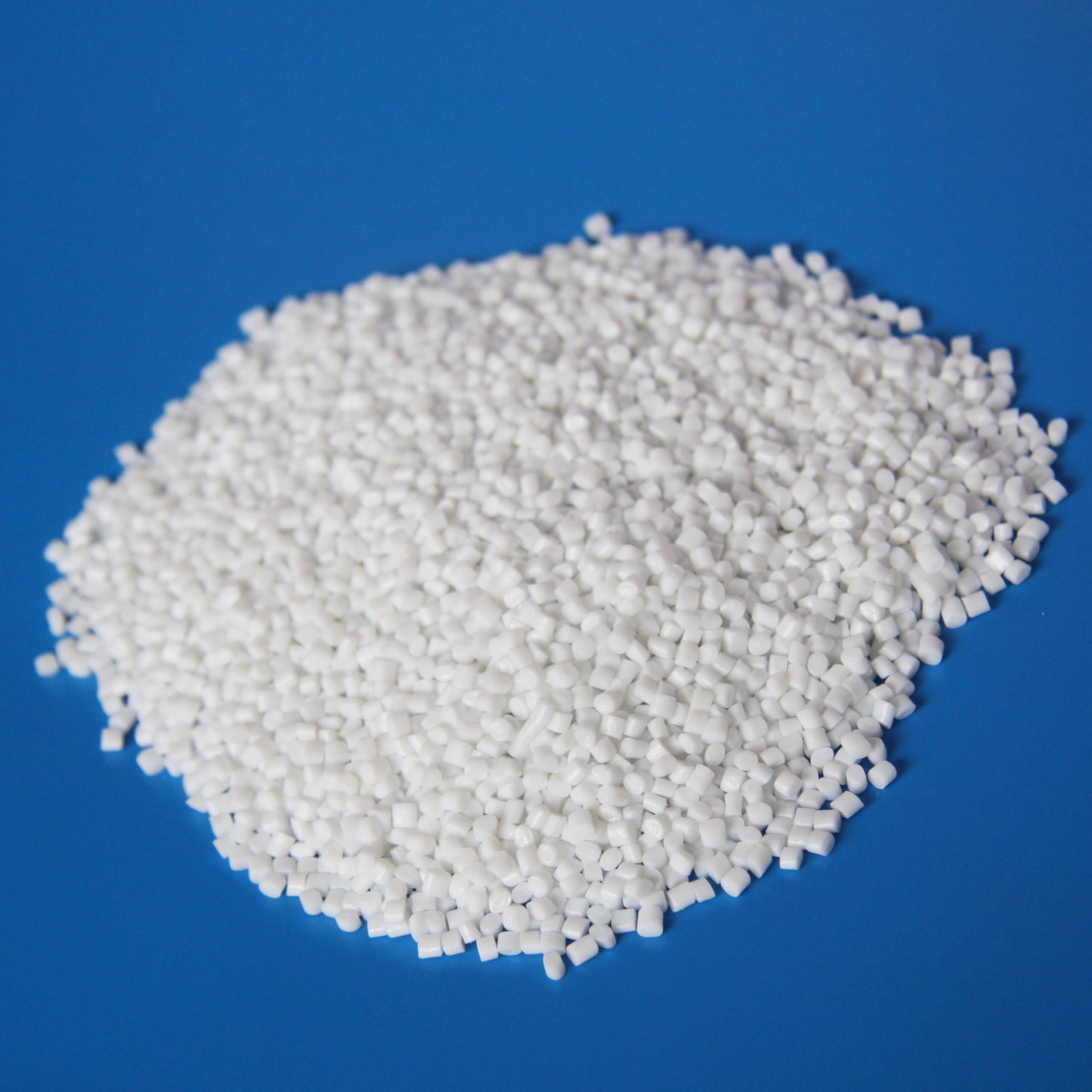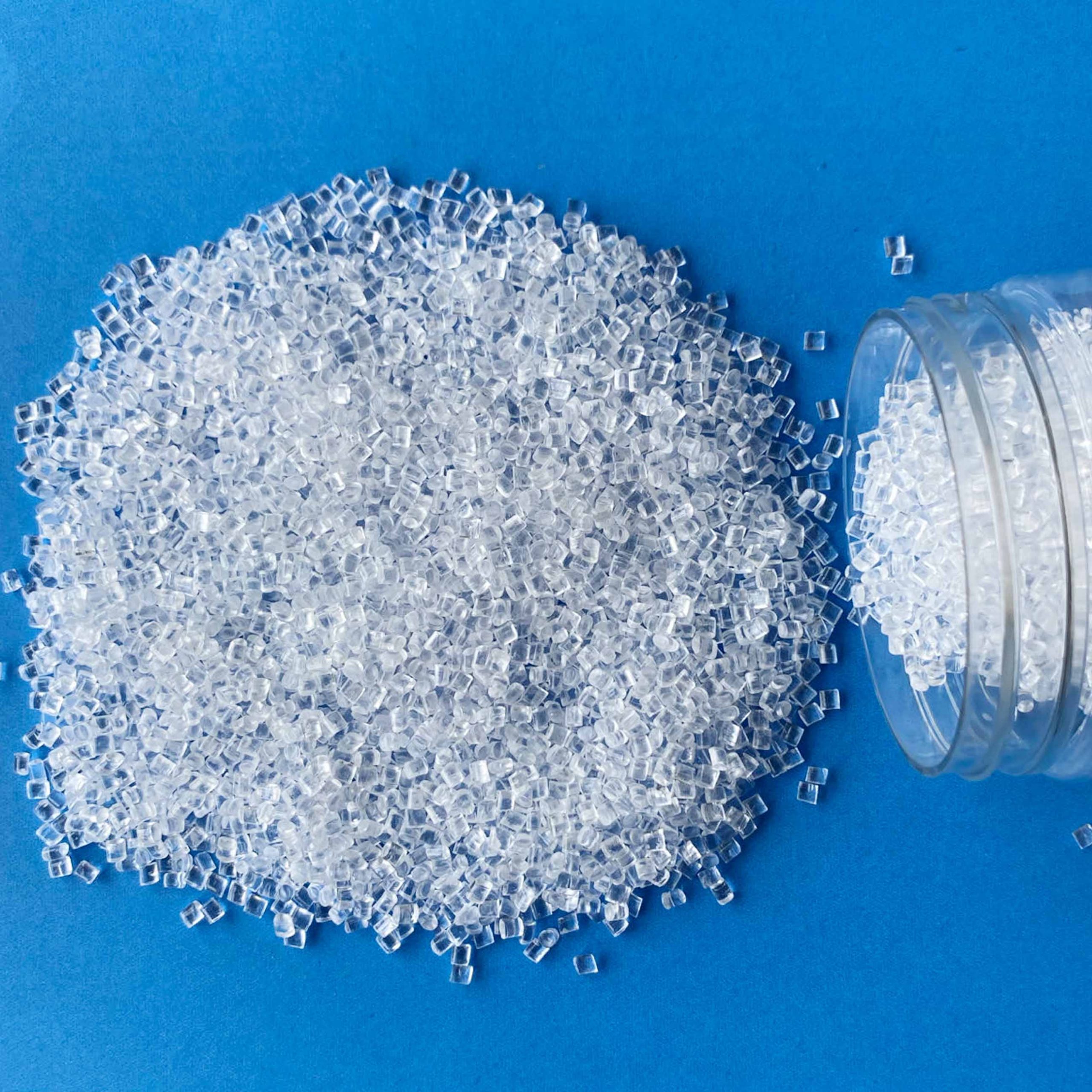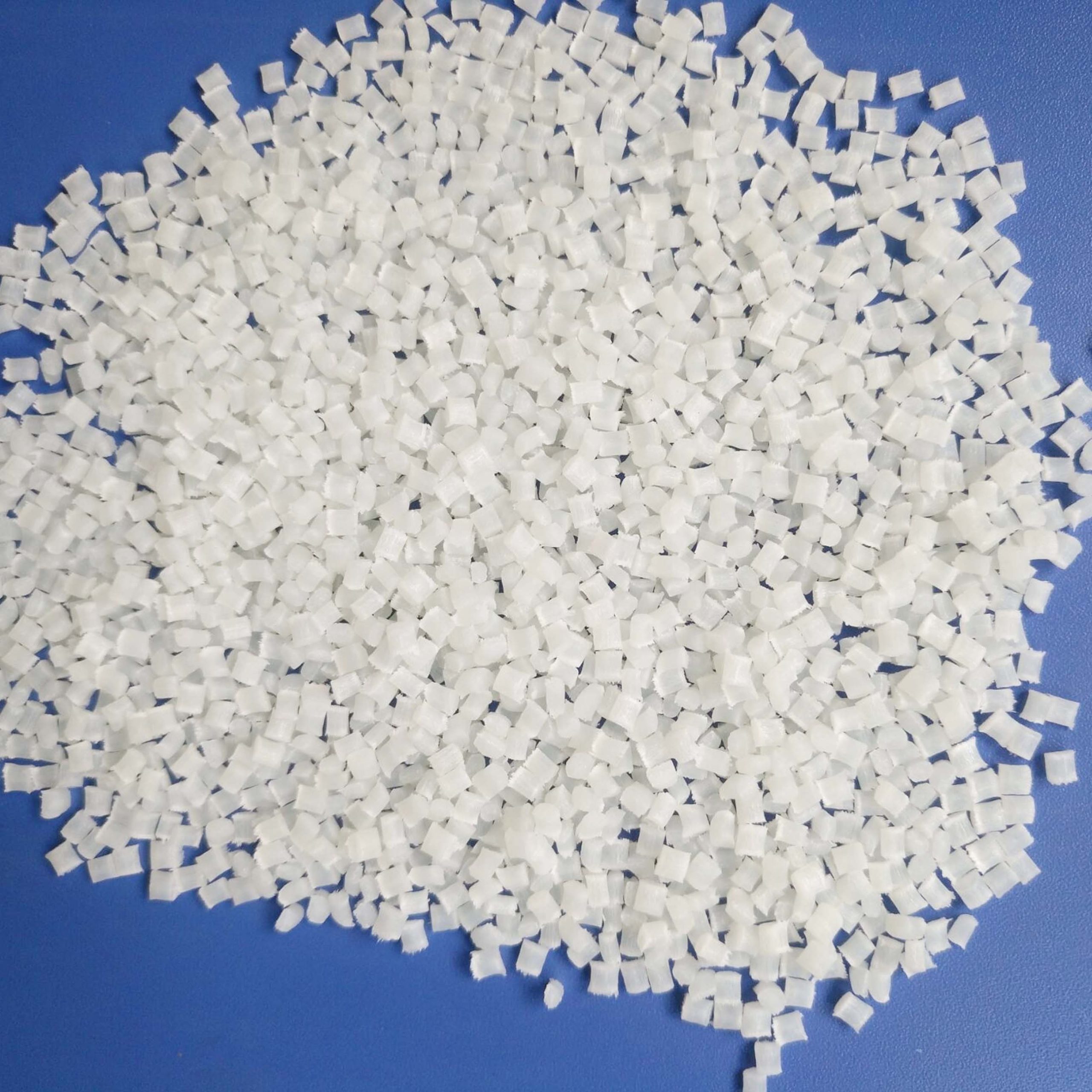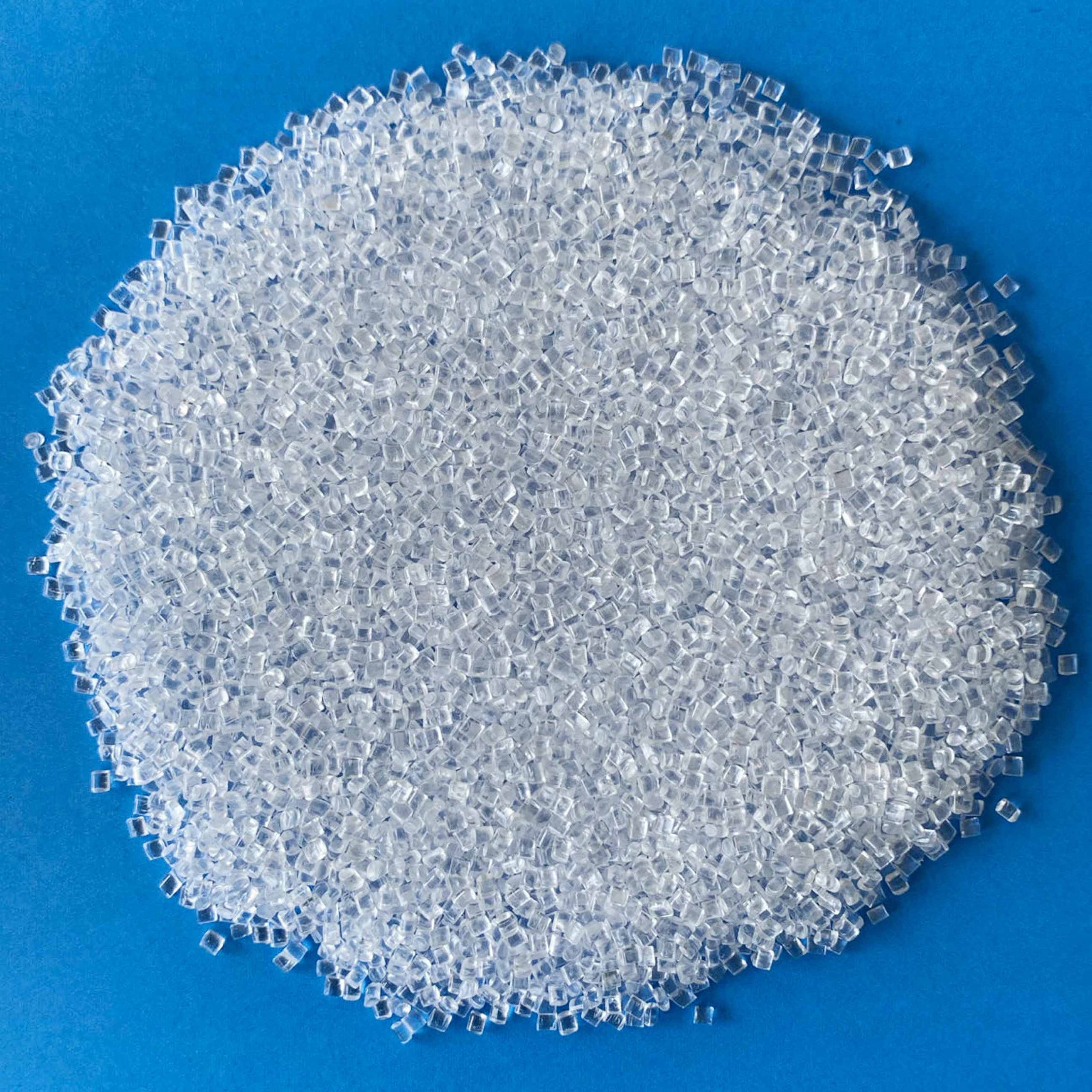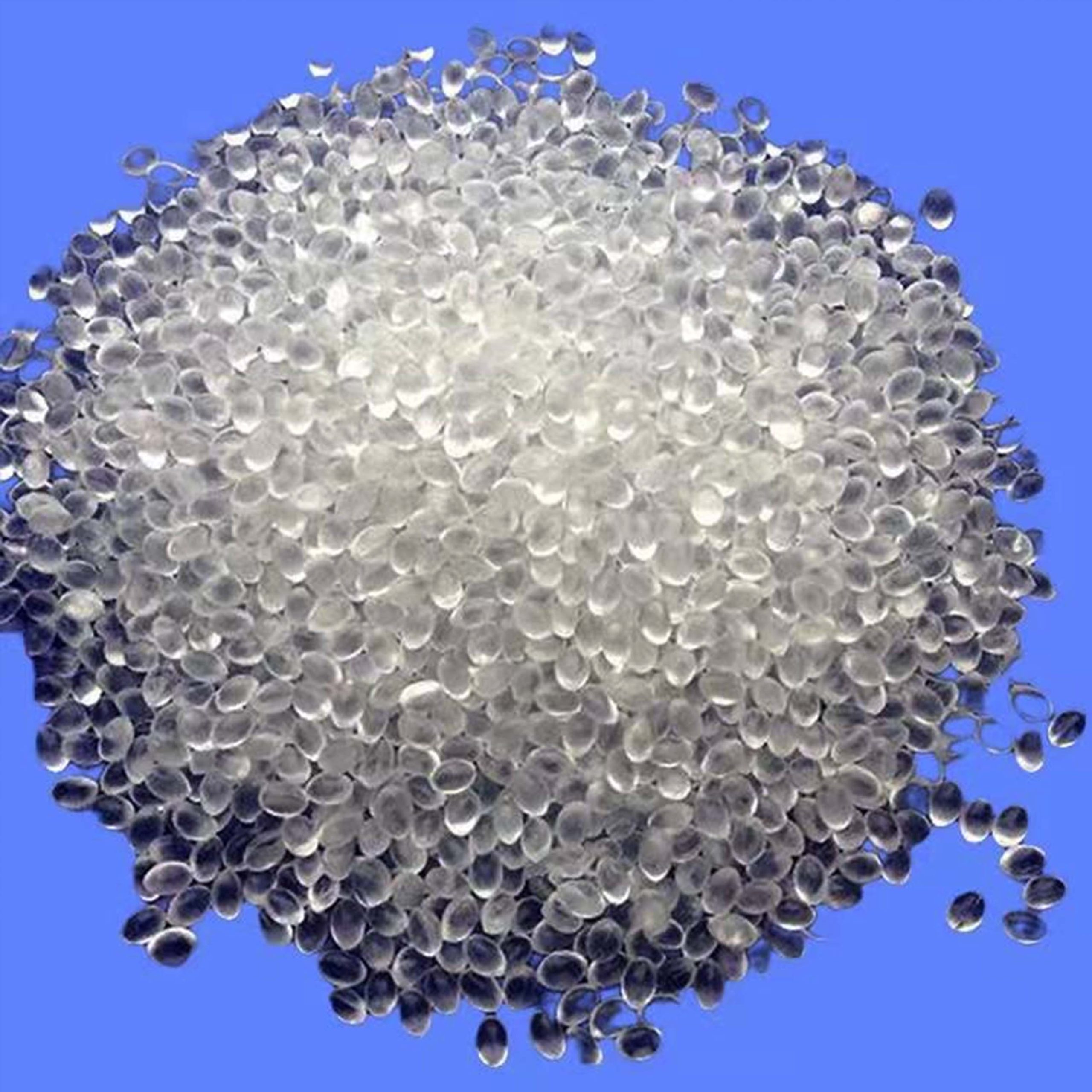Product
Product Categories
Featured products
ABS plastic is composed of three chemical monomers acrylonitrile,butadiene and styrene. Each monomer has different characteristics:acrylonitrile has high strength,thermal stability and chemical stability.Butadiene has the properties of toughness and impact resistance. Styrene has easy processing, high finish and high strength. In terms of morphology,ABS is a non-crystalline material.The polymerization of the three monomers produces a terpolymer with two phasesone a continuous phase of styrene-acrylonitrile and the other a dispersed phase of polybutadiene rubber.The properties of ABS plastic material are mainly determined by the ratio of three monomers and the molecular structure in the two phases.
GPPS has broad application prospects in food packaging. In the electromechanical industry, instrumentation, communication equipment industry, etc., it has been widely used in various instrument shells, lampshades, optical parts, instrument parts, transparent windows, transparent models, chemical acid storagee tanks, acid delivery tanks, telecommunications parts, high frequency Capacitors, high-frequency insulation gaskets, bracketis, inserts and refrigeration insulation materials, etc. It is also widely used in various daily necessities like bottle caps, buttons,containers, decorations, combs, toothbrushes, soap boxes, cigarette boxes and toys.
HIPS is high impact polystyrene,a versatile brittle plastic, one of the cheapest engineering plastics. Impact-resistant PS has the advantages of easy processing, good performance and low price, so it is used to manufacture products and industrial products for many purposes. HIPS is a modified material of PS, which contains 5-15% rubber component in the molecule. Its toughness is about four times higher than PS, and its impact strength is greatly improved (high impact polystyrene). There are flame retardant grade, stress cracking resistance grade, high gloss grade, extremely high impact strength grade, glass fiber reinforced grade and low residual volatilization grade.
PA has good comprehensive properties, including mechanical properties, heat resistance, wear resistance, chemical resistance and self-lubrication, and low friction coefficient, a certain flame retardant, easy to process, suitable for reinforced modification with glass fiber and other fillers, improve performance and expand the scope of application. There are many varieties of PA, PA6, PA66, PAll, PA12, PA46, PA610, PA612, PA1010, etc., as well as many new varieties of semi-aromatic nylon PA6T and special nylon developed in recent years.
Polycarbonate is colorless and transparent, heat-resistant, impact resistant, flame retardant BI grade, and has good mechanical properties within normal usage temperatures. Compared to polymethyl methacrylate, polycarbonate has good impact resistance, high refractive index, good processability, and UL94 V-2 flame retardancy without the need for additives. However, compared to polycarbonate, polymethyl methacrylate has a lower price and can be used to produce large devices through bulk polymerization.
Ethylene vinyl acetate (EVA) copolymers are used in extrusion film processes for applications including packaging, surface protection and greenhouse covers, and in photovoltaic cell encapsulation. EVA copolymers are used in molded caps and seals, footwear and car interiors. They are the base polymer in many adhesive resin formulations and in wire and electrical cables compounding. For the hot-melt adhesive needed to hold pages and covers together in bookbinding applications, low to medium MI and high VA grades are used to maximize cohesive strength and flexibility.



